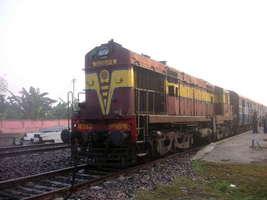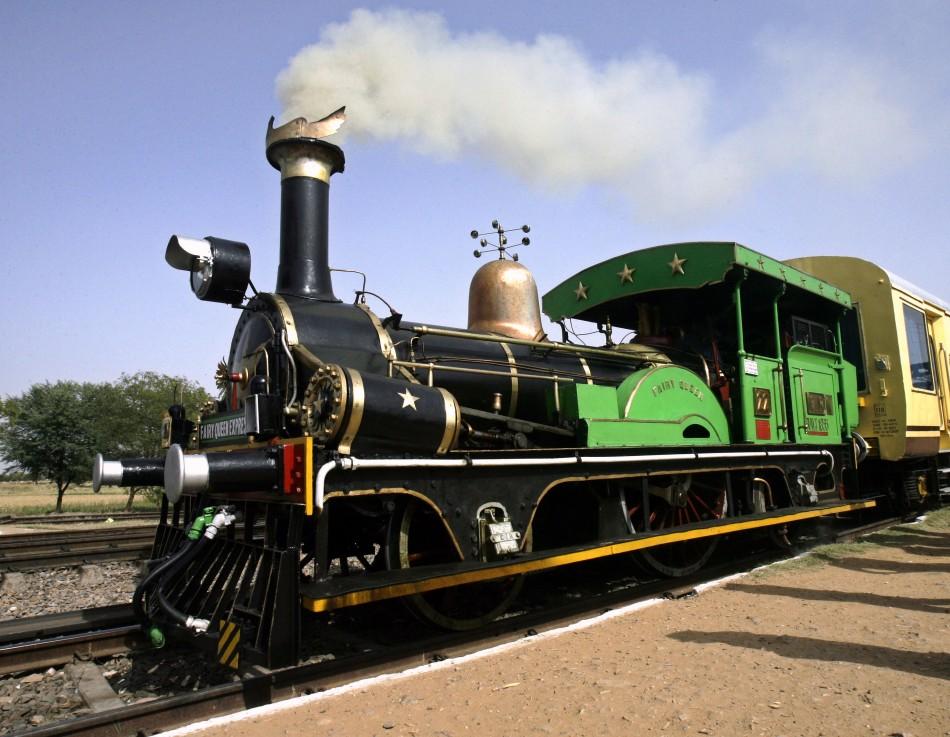Explore the Charisma Indian Rail

Whenever India’s developments and achievements are mentioned, Indian Rail has a prestigious role in it. For more than 160 years, it has been carrying people and cargo anywhere across the country. No wonder, a large percentage of revenue for the country comes from the railways.
In the early days, trains had a four-digit number, but now with the increasing number of trains, it is changed to a five-digit code number. The first digit indicates the type of train, whether special, passenger, or express; the next digit the zone of operation; the third stands for the division under the zone; and the last two numbers represent the train’s serial number. Trains running in opposite directions in the same route usually have consecutive numbers.
Indian Rail has classified its trains according to the average speed of the trains. Rajdhani Express trains have a stunning average speed of 120 km/hr. They are fully air conditioned and connect all the major cities to New Delhi, and have a very few stops. Then, there are Shatabdi Express intercity trains, which are again fully air conditioned and have chair cars, and Super fast trains which have an average speed of 55km/hr. Express trains are the most common trains and have stops only at major stations while passenger trains are slow and have stops at every station. In the end, comes the suburban trains with halts at all stations.In 2009, Duranto Express trains were introduced which are nonstop trains and connect metros and major state capitals, and these are faster than the Rajdhani Express.
With all the developments above, the Indian Rail network can be correctly called the lifeline of India.


